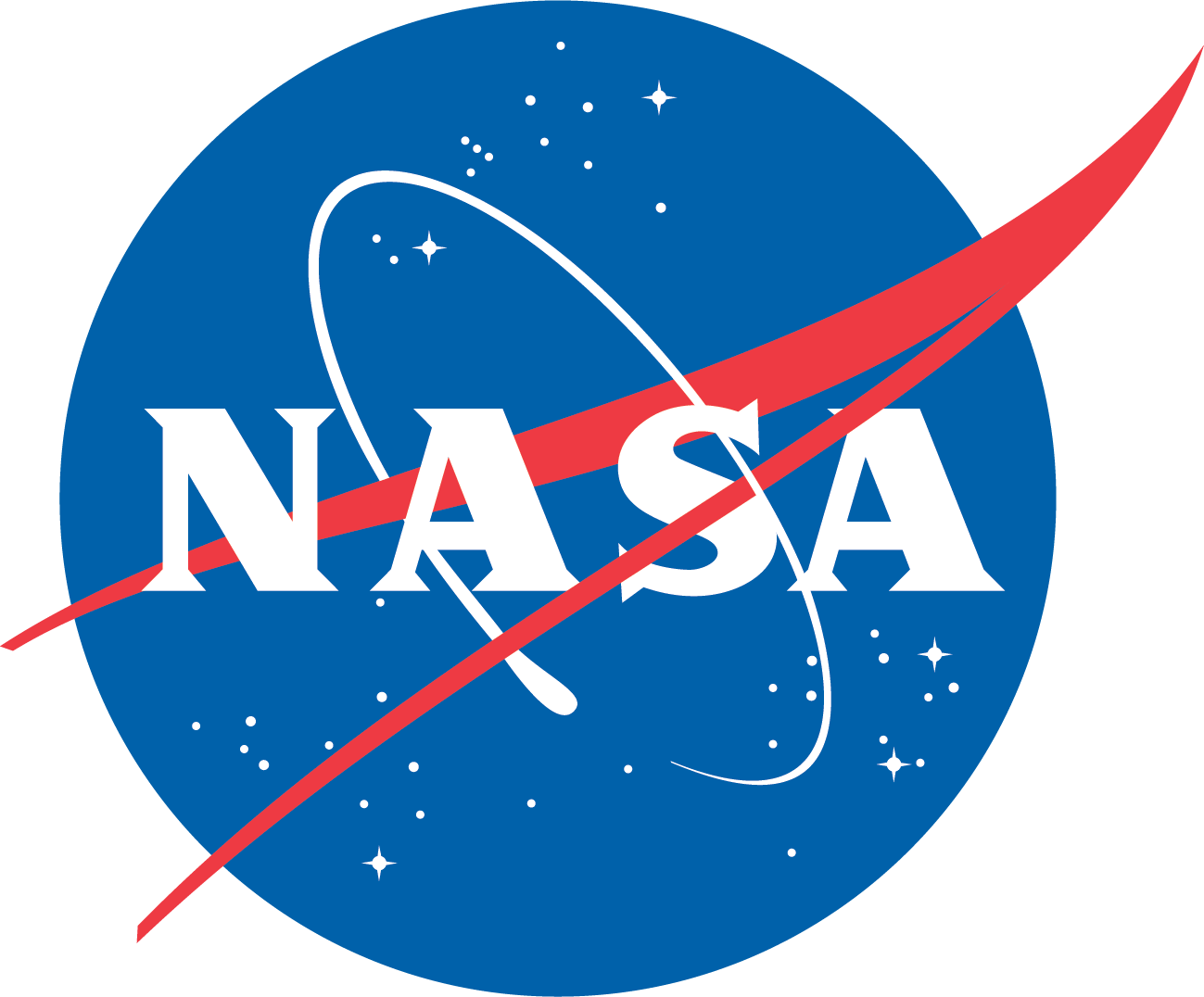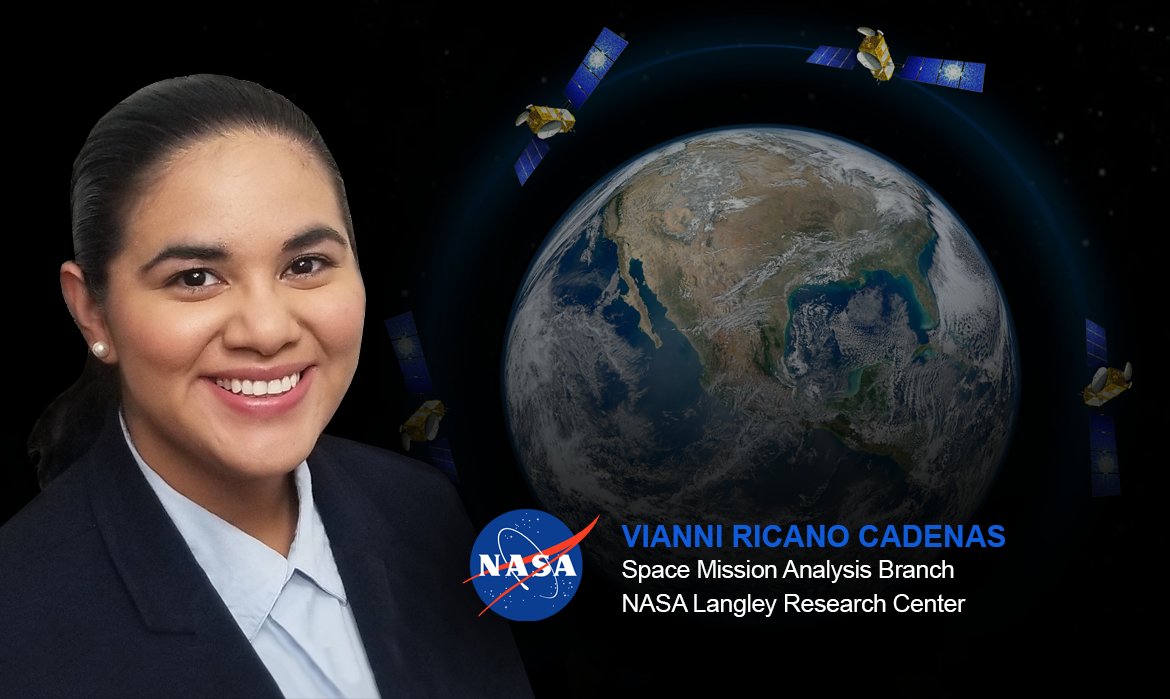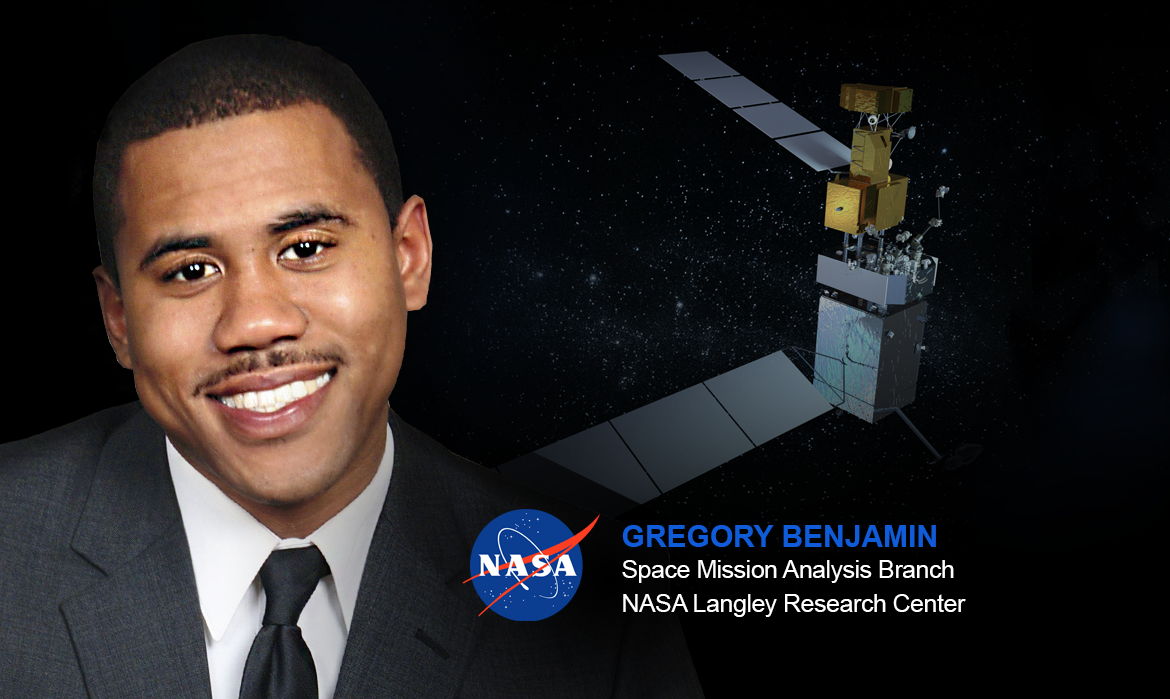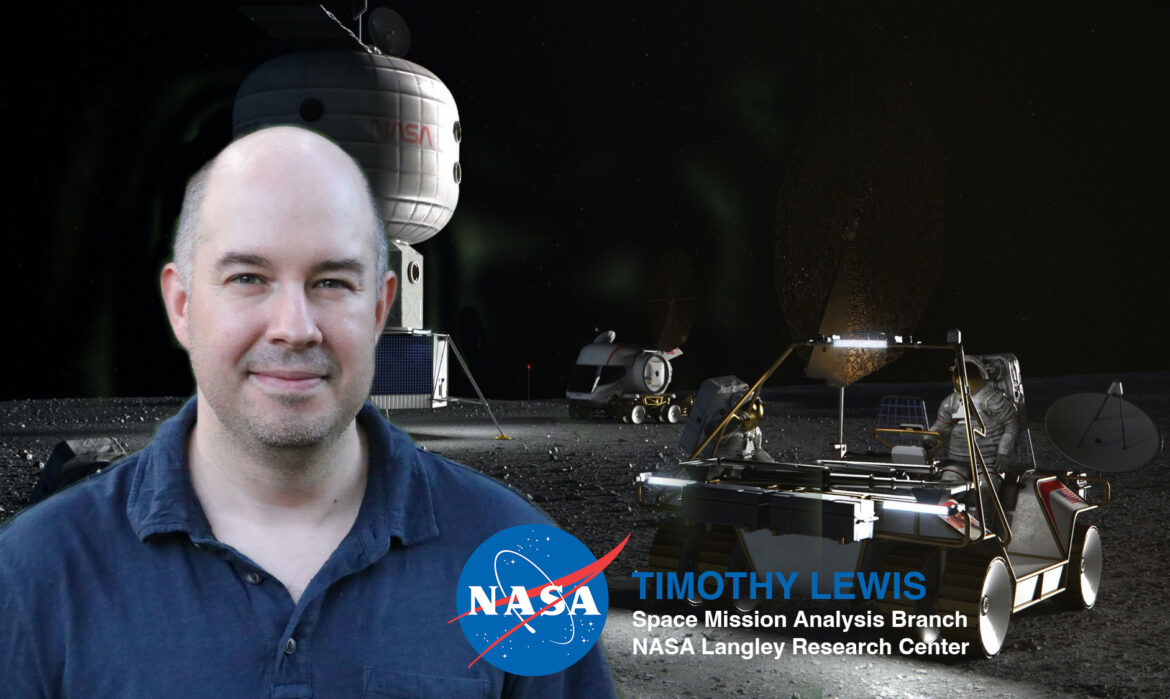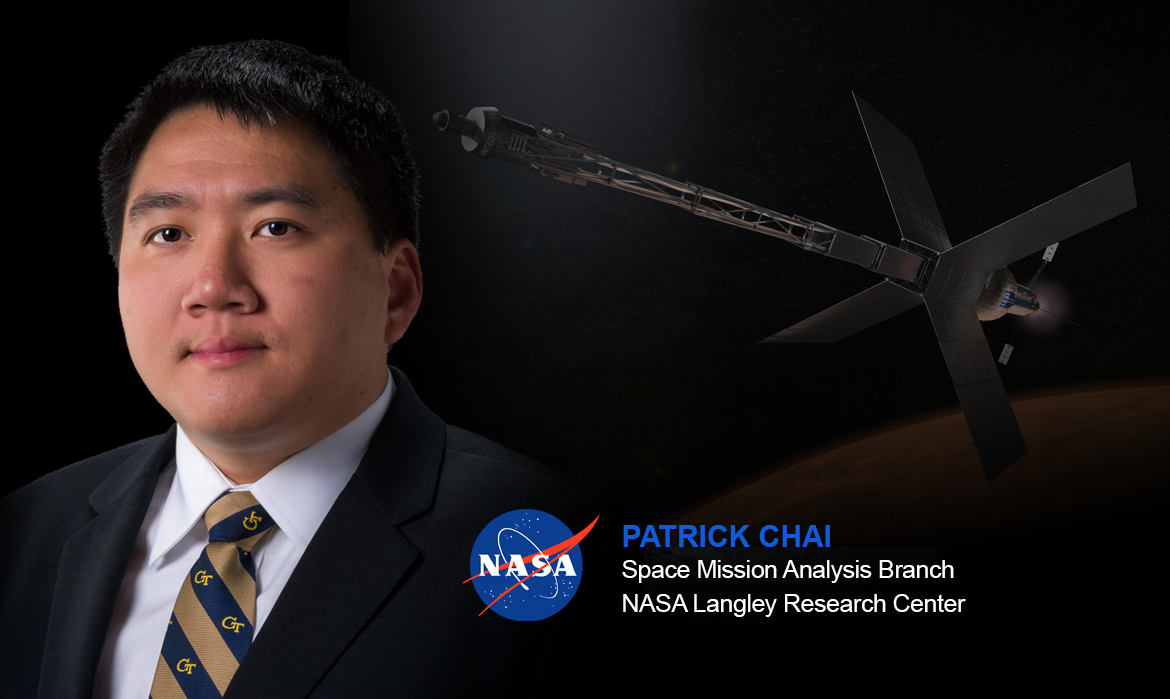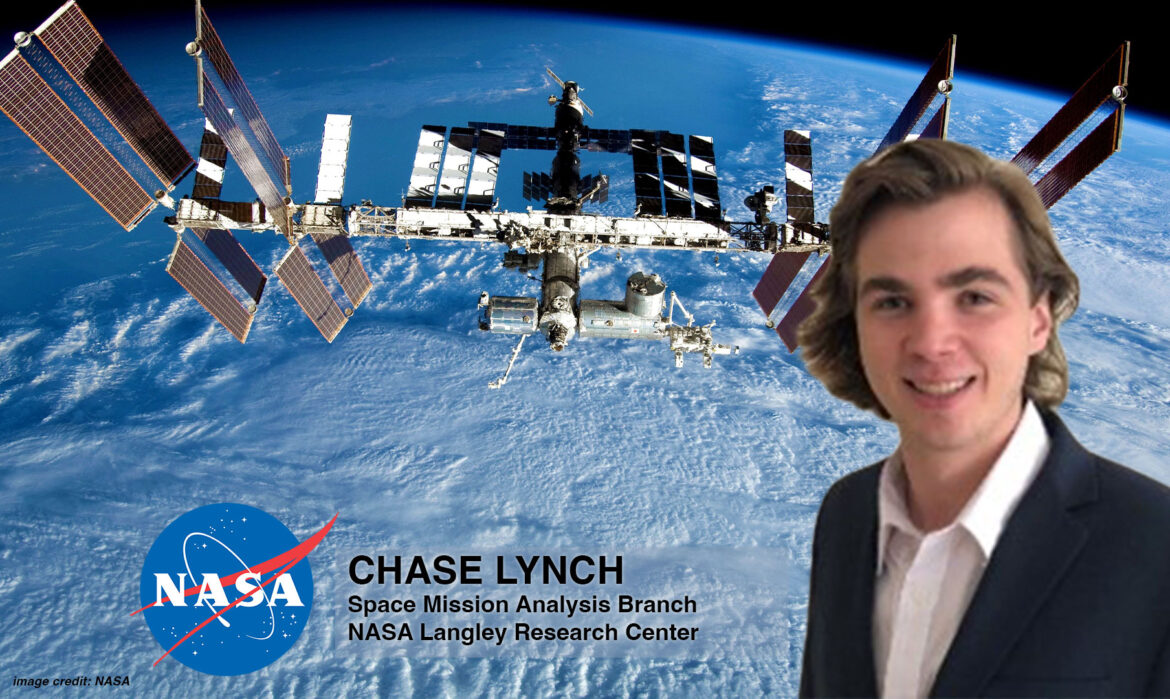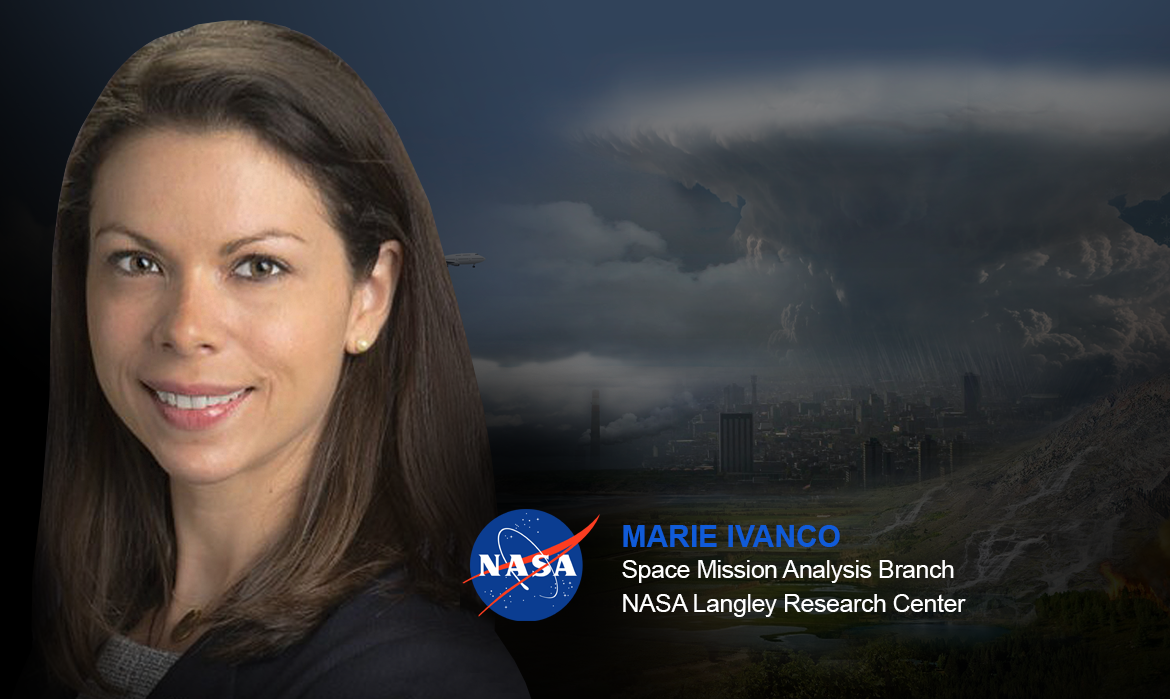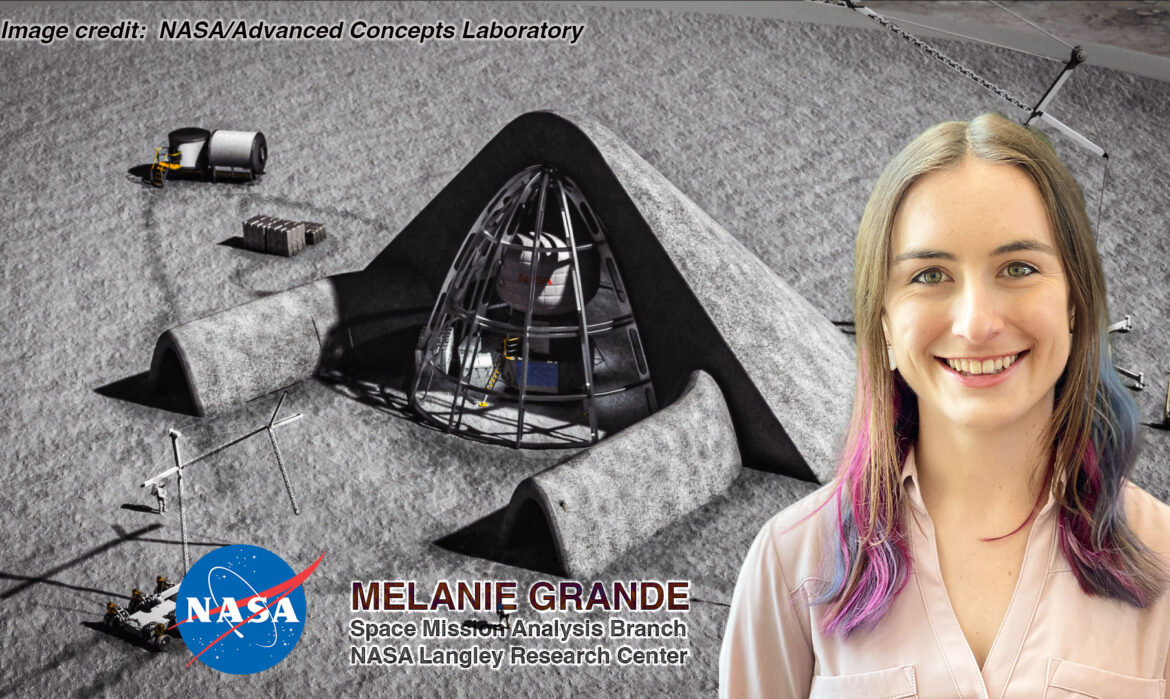Lunar In-Situ Resource Utilization Campaign Impacts Analysis, featuring Alejandro Pensado
While investigating the use of in-situ resource utilization (ISRU) on the Moon to create propellant to support lunar and Mars missions, Alejandro Pensado muses, “If you are setting up this ‘gas station’, if you will, how would you go about it?”
Pensado, an Analytical Mechanics Associates analyst with the Space Mission Analysis Branch (SMAB) at the NASA Langley Research Center in Hampton, Virginia, aims to answer this question by providing details on the benefits, risks, and costs associated with various ISRU concepts. The project came about as part of the Space Technology Mission Directorate’s (STMD) efforts to evaluate ISRU as a technology and its future for lunar and Mars missions.
“Lunar ISRU could allow for the significant expansion of human exploration activities, but all within the right context,” Pensado explains. Determining this “right context” is an integral part of the study, including understanding both the propellant demand required by system concepts and the technology infrastructure that needs to be in place to meet those demands. Pensado is providing data to inform ISRU investment and development decisions by formulating the ISRU architecture concepts and developing Python code to execute the data analysis calculations. These results show where lunar ISRU is or is not impactful and identify the major design drivers.
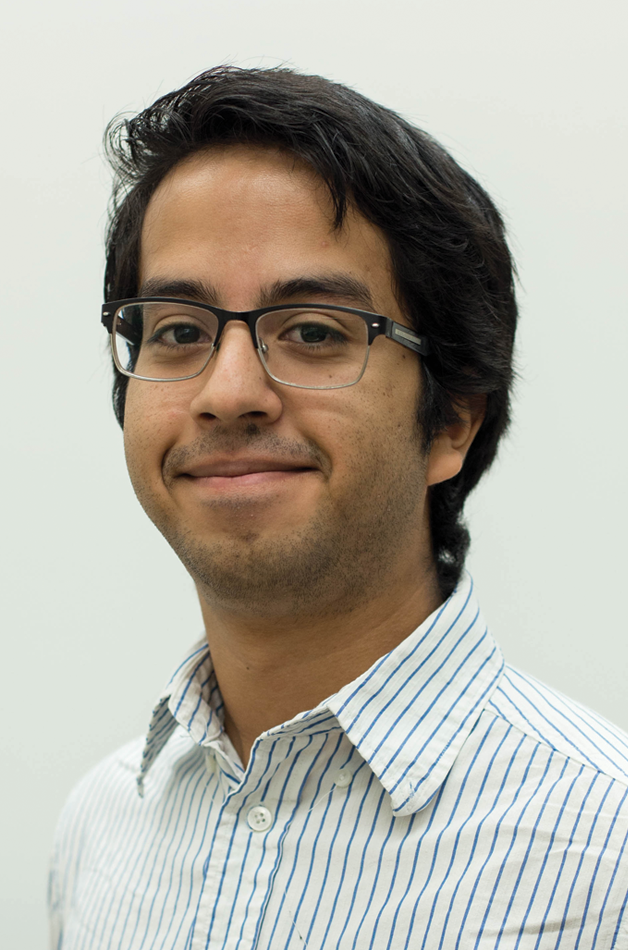
“If you are setting up this ‘gas station’, if you will, how would you go about it?”
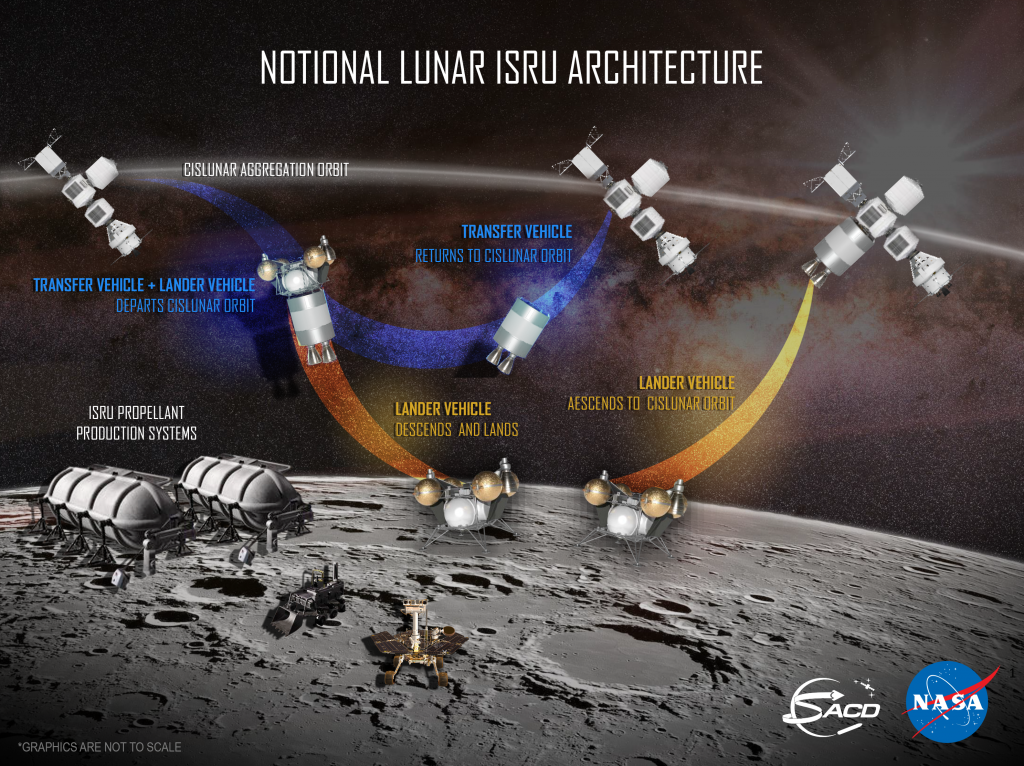
Pensado fell in love with the topic of human exploration architectures back in college, where he also delved into aerospace systems analysis and integrated architecture studies. After graduation, he spent some time in industry as a Mechanical Engineer before joining SMAB. Compiling a database on ISRU capability gap assessments was his first foray into that topic while at NASA, and that experience led Pensado to joining the STMD team for this wider ISRU study. Over time, his role on the team has grown from executing the code and calculations to assisting with the study formulation and co-authoring research papers and will include leading portions of the study in the future. “We have expanded a lot on how we can put together an architecture and study the sensitivities to it in a much more robust fashion that can be done quicker.”
How has this experience been? Pensado reports, “Beyond the technical aspects, my favorite part has been the collaboration, and the group dynamics in SMAB are pretty excellent, so that’s what makes these projects pretty entertaining.”
Author/Contact: Emily Judd
Published: October 2020

